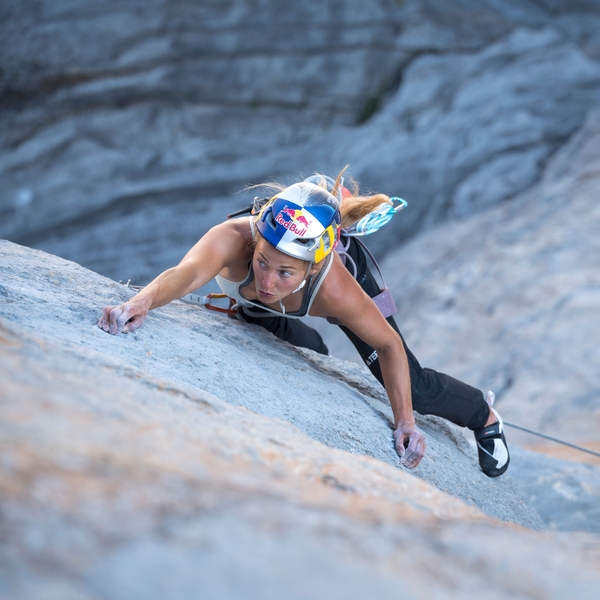Bleeding Fingers, Hailstorms, and 2,000 Vertical Feet: How Three Women Set a Big-Wall Climbing Record
Sasha DiGiulian, Brette Harrington, and Matilda Söderlund traveled to Spain to send one of the hardest such routes. Rayu marks 16 pitches of biting limestone and a 5.14b crux. For DiGiulian, it also signaled a return to the height of her athletic career.
Heading out the door? Read this article on the Outside app available now on iOS devices for members! Download the app.
It’s 3 A.M. and I’m hugging my knees on the cold tile of the bathroom floor. I don’t want to wake my climbing partner, Brette Harrington, who is asleep in the hotel room we’re sharing. I feel like I can’t breathe. I’m drenched in sweat and focusing on boxed breathing. Breathe in—one, two, three, four, hold…. Breathe out, hold. Repeat. I need to wake up in three hours because we’re hiking two and a half miles to our base camp, where we’re going to spend the next month trying to climb a big-wall route.
I have my doubts: What if I’ve just built this whole team and I’m not ready? What if I can’t even do the first pitches of the climb? What if someone gets hurt? What if I get hurt?
My head is spinning. I feel claustrophobic. My heart pounds. I feel like my throat is swelling. This is the first panic attack of my life, and I’m terrified.





